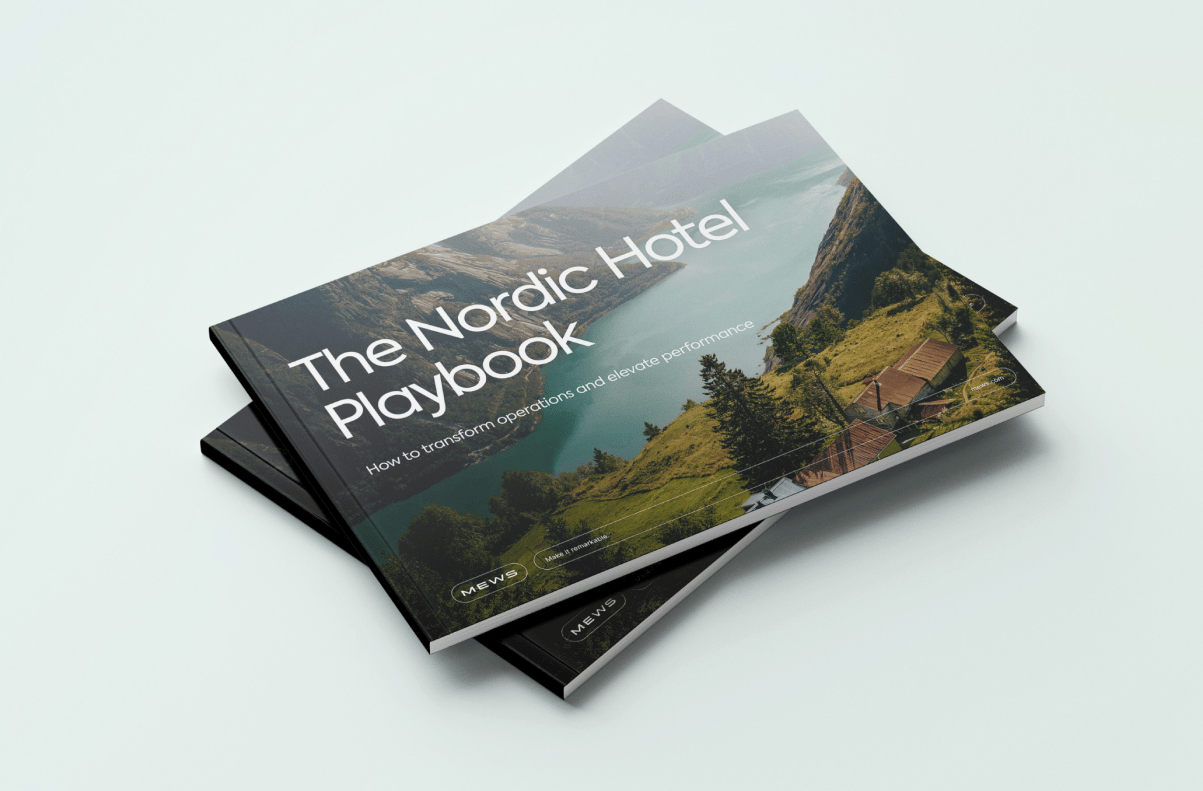Table of contents
Note: this article first appeared on Carlos’ substack.
It's common practice for us to seek inspiration from the design processes of successful companies such as Airbnb, Uber and Google. However, it's crucial to remember that their methods are deeply rooted in their own structure, mindset, and corporate philosophy. Rather than merely copying their processes, our success lies in finding inspiration and, from there, forging our own path with logic and originality.
At times, we perceive design as a purely academic process where, if we rigorously follow each step, it may seem like there's no room for failure. Designers often validate their ideas simply because they've followed the process, often losing sight of the final result – or, as I like to call it, ‘the final magic’.
Part of Elon Musk's success in developing rockets at SpaceX was his willingness to question all the regulations established by others many years ago. These regulations imposed unnecessary costs and processes in rocket construction. Until that moment, few had questioned whether these rules were genuinely accurate; they simply followed existing guidelines. Often, we carry out senseless decisions due to our lack of reflection on their origin and logic.
“If the rules are such that you can’t make progress, then you have to fight the rules.”
Elon Musk
In my process, I take the necessary time to explore alternatives that add value to the product and evolve the patterns that were once established in pursuit of product coherence. Sometimes, we tend to use a single pattern, for example, to enhance scalability, and at times, this inflates the designer's ego. But it can also deprive us of the opportunity to add that 'magical' element or moment to the product.
I've been fortunate in my professional career, with my managers giving me the space to seek solutions beyond the conventional. My mindset often clashes with other academic designers who rely on established norms to defend sometimes archaic and sometimes insufficient ideas from their stronghold.
This brings us to the moment when, for example, Apple introduces a product that knows how to exploit the ideal detail, the magical touch. It's a small design detail, executed with mastery, that challenges established conventions. The next day, when we return to our own projects, we often worry if an idea is not as well-received in our research, which is often poorly executed or understood. Misinterpreted research can be a significant obstacle to the product's success. When Apple launched the iPad, users were not sure they needed an iPad.
We are slaves to the conventions of usability. “The fewer clicks, the better.” “I've managed to reduce one step in this process...” Debates about the viability of the hamburger menu are still heard. We fail to acknowledge that we are almost in 2024, and 17 years have passed since the launch of the first iPhone, marking the beginning of a new way of understanding and interacting with interfaces.
I'm not suggesting that we should eliminate design processes. Instead, we should question them rationally and with a clear mind, asking whether everything I'm doing contributes to the product, and, of course, what is the magic of my product.
In Tesla's production, they used to add a "plug" to certain components to ensure that certain parts didn't bend in the process. They would then discard that "plug." It had always been done that way. One day, they questioned whether that part had ever actually bent. The answer was that it never had. They eliminated that element from the process and saved time and money in production. Don't generate unnecessary efforts; invest them in something more productive. Question the process. Adapt your process.
The Solutions team at Mews, where I am, plays a crucial role in providing a different perspective on the product. Every day, we question all the processes and work on different avenues to evolve it and create a genuine product tailored to the modern era with the aim of achieving our mantra: user disengagement.
To find out more about user disengagement at Mews and the world of product content, read this fascinating article.

Author
Carlos Pariente
Carlos is a Senior Product Designer at Mews. Having joined in the Summer of 2022, he's since run his key eye over visual elements of product design for Mews.
Hospitality hot takes straight to your inbox
Sign up to our monthly newsletter for industry insights, product news, partner updates and more.

The Nordic Hotel Playbook
Download now


.webp)